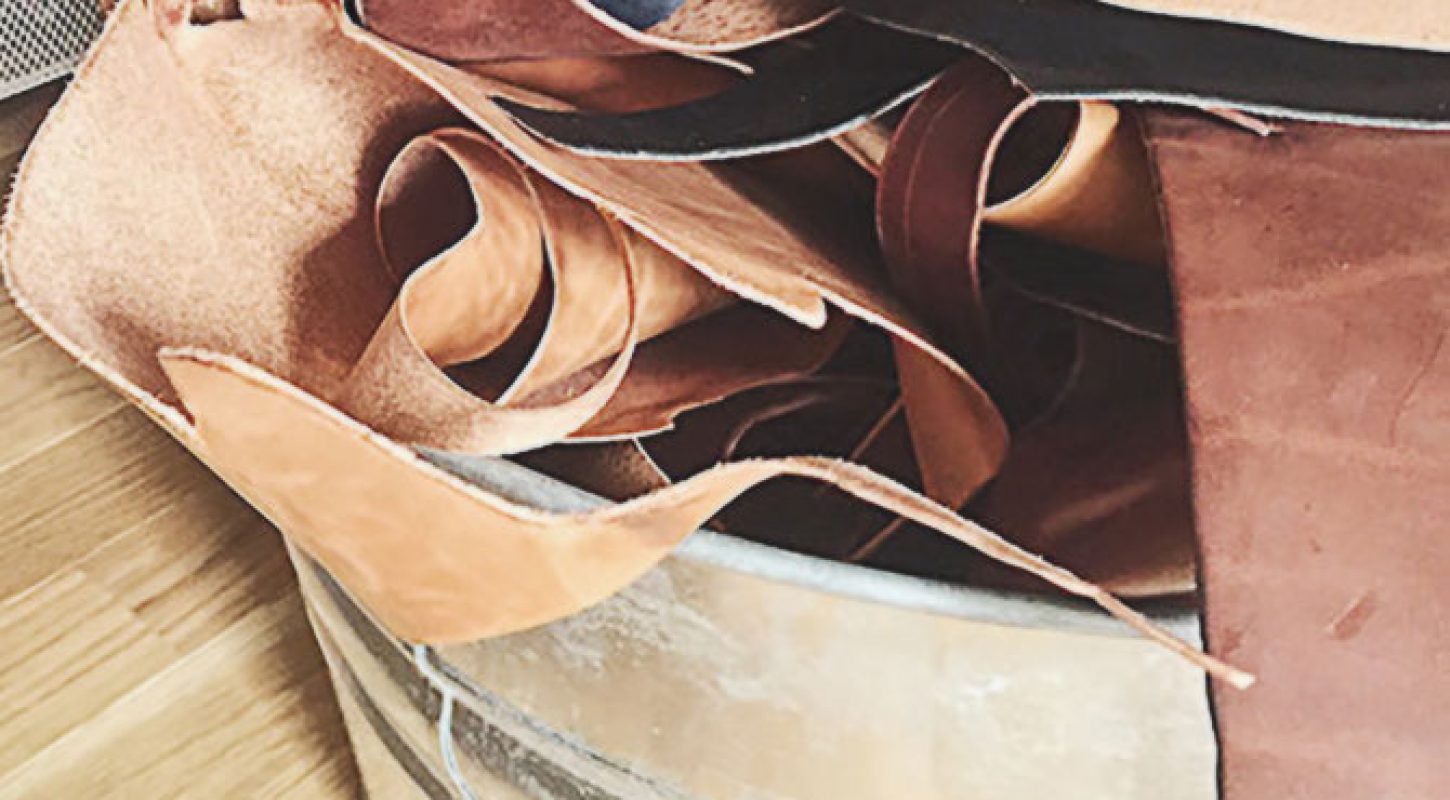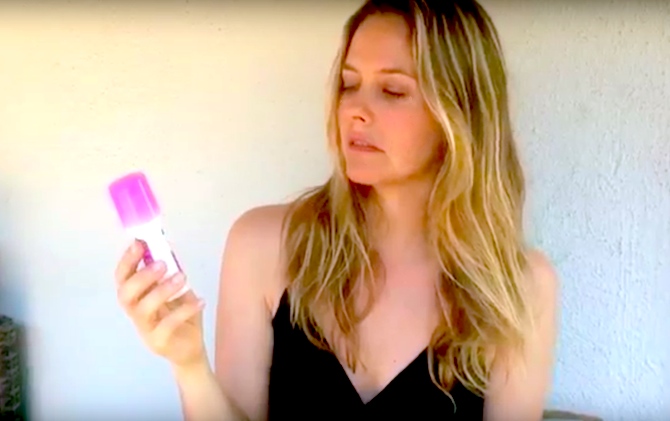When it comes to earth-friendly, cruelty-free fashion, one of the questions I get the most is about my thoughts on leather and how to keep it out of your closet. The short answer is that it’s complicated—and that surprises people who assume that all leather=bad and all faux leather=good. Here’s what’s wrong with leather and what you need to know about vegan leather alternatives.
It’s true that leather is the skin of an animal, and is removed in cruel ways under inhumane conditions. It’s also one of the most environmentally damaging materials in fashion. Aside from the fact that animal agriculture is now responsible for at least 51 percent of global greenhouse gas emissions, leather tanning (the process of turning a hide into a textile) involves the use of heavy metals that can leach into the groundwater and are linked to a host of health problems, including leukemia.
In particular, an estimated 95 percent of the world’s tanneries still use hexavalent chromium, a potent carcinogen. And it’s not like leather is just a byproduct of the meat industry that’s at least making use of the whole animal. Leather is a business worth $100 billion a year and is a good that is made to meet consumer demand. So the more leather you buy, the more leather that’s made.
The next best thing must be a vegan leather alternative, right? Not necessarily. Not all faux leather is created equal, and some of it can be downright nasty for our Mama Earth. Many pleather items are made out of polyvinyl chloride (aka PVC), a material that Greenpeace has called “the most damaging plastic on the planet.” Its production releases dioxins and other persistent organic pollutants into the atmosphere, and when burned up in garbage incinerators, is just as toxic.
Think sending it to the landfill is much better (which I doubt you do, but just saying)? PVC is not biodegradable—it just breaks up into smaller and smaller pieces and will eventually end up leaching into the water supply or permanently damaging the soil.
Two other materials that frequently pop up in faux leather are polyurethane and textile-polymer composite microfibers, which—in addition to PVC—are essentially petroleum, aka really bad news for the environment. Polyurethane in particular is made from fossil fuels, and producing just one pound of the stuff emits an estimated 3.7 pounds of CO2. I’ll remind you that excess carbon dioxide in the atmosphere is a key cause of global warming.
Luckily, there are now many incredible companies making leather alternatives in a responsible, eco-gentle way, and I love them and support them and encourage everyone else to do the same. But, there’s another option that might surprise you: buying something used that’s made from real leather or keeping a real leather item that you already own.
Yes, I just said that. See, surprising! Though, not really if you consider my reasoning: If you’re trying to save the animals, you have to think about saving the Earth, too. If the animals don’t have clean water to drink or food to eat or a natural habitat to live in, they die. While not eating animal foods is certainly one way of looking out for fellow creatures, it’s not the whole story. Actively taking care of the planet completes the picture. A trashed Mama Earth is no safe haven for animals or people. One of the easiest ways to stop wearing out our natural resources, wearing down the quality of our water and air, and destroying natural habitats is to stop putting clothes in the trash. Eleven million tons of textiles are thrown away each year – an average of 70 pounds of clothing per person each year! And just one pound of textiles in a landfill emits more than 7 pounds of CO2. That’s why I make it a point to buy used clothing, shoes, and bags—it extends the lifecycle of that item and creates more demand for second-hand options. And for me on a few occasions, that has included real leather items.
Now, I don’t go seeking out leather. In the case of the two pairs of non-vegan shoes I have in my closet that I wear, I spotted them when I was at a thrift store and knew that they were exactly the kind of shoes that I would get use out of over and over and over again. As I see it, buying used leather shoes or shoes with leather soles doesn’t create more demand for more leather, and it doesn’t profit the company that made them in the first place. Basically, I’m keeping this item out of the landfill; I’m investing in a material that’s durable and will last a long time so I don’t have to replace them for a while; and I’m supporting a business that’s crucial for extending the life cycle of our cast-offs. It’s a win for me because I get something super unique and special for my closet, and it’s a major win for the planet. I will point out, though, that I only apply this argument to shoes. I could never justify buying a leather coat, bag, or pants; and definitely not fur.
That all said, if you have to buy new, my first choice is to seek out companies that are getting creative unconventional materials that look and feel just like leather—without the environment-bashing side effects. Cork, recycled rubber (including recycled tires), recycled paper, recycled microfiber (made from recycled water bottles), Dinamica (a faux suede made from 100-percent recycled PET), Pinatex (made from wasted parts of the pineapple bush), and MuSkin (made from mushrooms) are just a few of the amazing options that exist now. Conscientious brands have also really upped their game in terms of style.
Here are some I’m digging at the moment:
I know it’s a lot of information to consider when deciding on shoes, handbags, or belts but a series of small decisions do add up to big differences in the world—good or bad. So to sum it up, here’s the deal:
- Buying new non-leather items is the best option only if you’re supporting the tour de force eco-vegan companies like the ones mentioned above.
- Buying used leather goods means keeping them out of landfills—because you’re giving the item a second (or third or fourth) life without creating demand for more of these items.
- Buying new leather is the worst option; it supports anti-environment and anti-animal practices.
If you live on this planet, you consume and take up resources—that’s just a fact. But do the best you can to make choices that consume the fewest resources and cause the least harm. In the end, the animals, the planet, and your health will be better for it.
Xo,
Alicia
Looking to educate yourself on fur? Check out this post.




